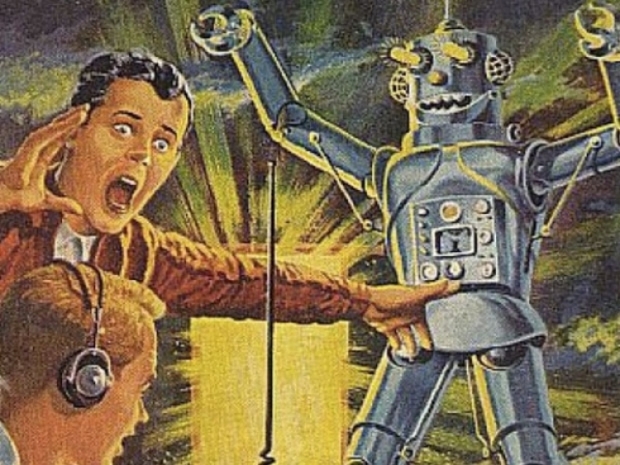According to the magazine Nature Methods which we get for the spot the Zygot game, the teams algorithm, dubbed "cytoself," provides rich, detailed information on protein location and function within a cell. This capability could quicken research time for cell biologists and eventually be used to accelerate the process of drug discovery and drug screening.
Study author Loic Royer said: "In the future we could do this for different kinds of images. It opens up a lot of possibilities."
Cytoself demonstrates the power of machine-learning algorithms and provides insights into cells and proteins, the molecular building blocks of cells.
In another study, author Manuel Leonetti said that each cell contains about 10,000 different types of proteins—some working alone, many working together, doing various jobs in various parts of the cell to keep them healthy.
"A cell is way more spatially organised than we thought before. That's an important biological result about how the human cell is wired," he said.
Cytoself uses self-supervised learning, meaning that humans do not teach the algorithm anything about the protein images, as is the case in supervised learning.
"In supervised learning you have to teach the machine one by one with examples; it's a lot of work and very tedious," said Hirofumi Kobayashi, lead author of the study. And if the machine is limited to the categories that humans teach it, it can introduce bias into the system.
Leonetti believed the information was already in the images, so it was a matter of seeing what the machine could figure out on its own.




